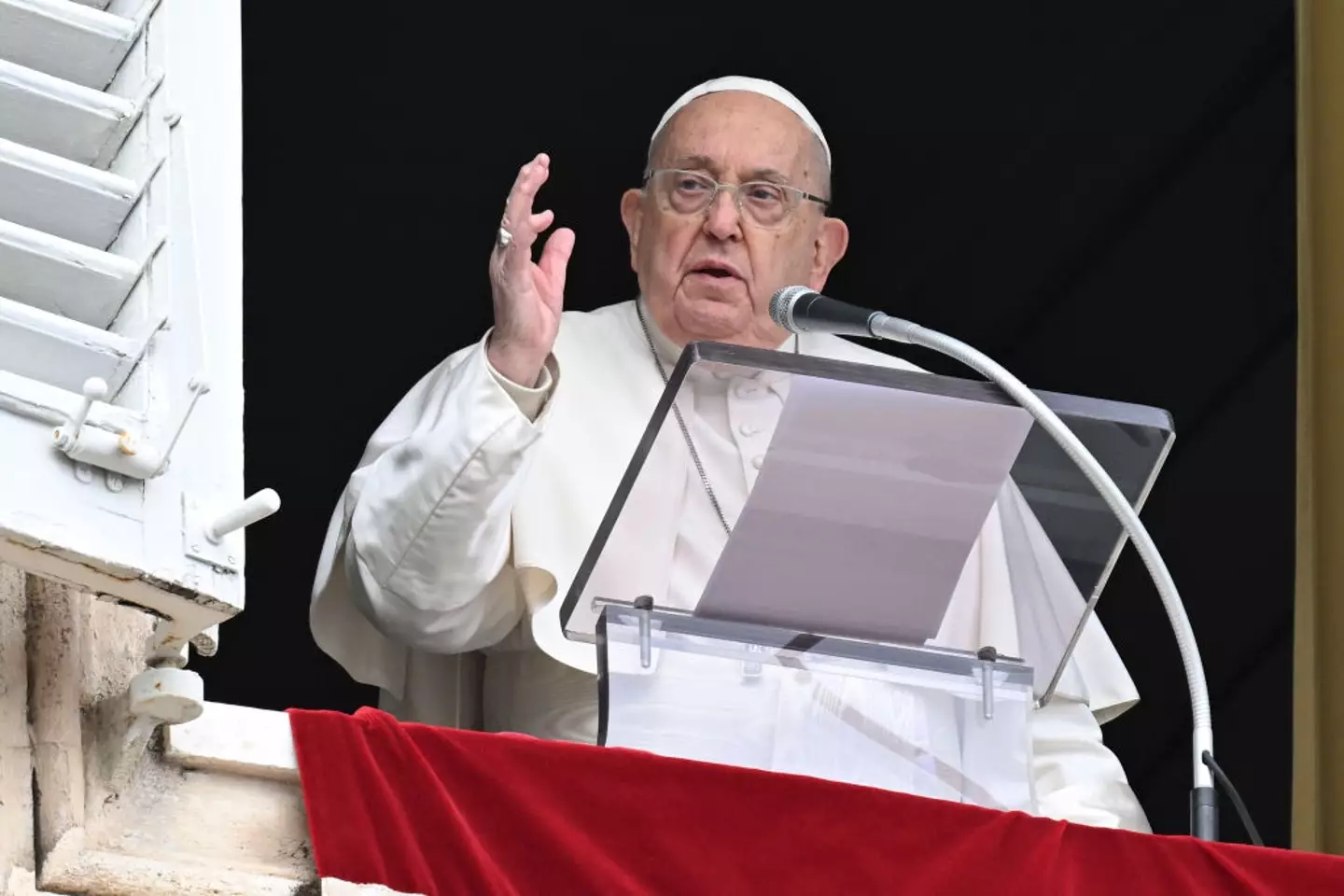The late pontiff’s home has been sealed off
There are several rites that will be observed by the Vatican following Pope Francis’ death, which have some unusual reasons behind them.
The beloved pontiff passed away at the age of 88 on Easter Monday (April 21) from a stroke after weeks of fighting off a respiratory illness in hospital.
Announcing the tragic news on Monday, Camerlengo Cardinal Kevin Farrell said: “Dearest brothers and sisters, with deep sorrow I must announce the death of our Holy Father Francis. At 7.35 this morning, the Bishop of Rome, Francis, returned to the home of the Father.”
The Camerlengo Cardinal, who is tasked with organizing a series of orchestrated rituals in quick succession, also paid tribute to the late Pope, saying he dedicated his ‘entire life’ to God and the Catholic Church while inviting the world to ‘live the values of the Gospel with faithfulness, courage, and universal love, especially for the poorest and most marginalised’.

Now that his death has been confirmed, the traditional ‘Ordo Exsequiarum Romani Pontificis’, Latin for ‘Rite of Burial for Roman Pontiffs,’ has been triggered ahead of Francis’ funeral and burial on Saturday (April 26).
This means several key moments have already taken place, including dressing his body in red liturgical vestments in preparation for his public display from an open casket at St. Peter’s Basilica tomorrow (Wednesday).
Pope Francis’ formal apartment has also been ceremoniously sealed with a red ribbon and wax in declaring ‘sede vacante,’ meaning ‘vacant see,’ the period between the death of a pontiff to the election of his successor.
Officials could be seen draping a red ribbon through the door handles of the grand Apostolic Palace and sealing it with liquid wax that was impressed with Francis’ papal seal.
The ritual has reportedly been carried out to ‘prevent looting,’ reports Sky, though is perhaps more ceremonial considering the late Pope actually chose to reside in more humble quarters in the church guesthouse, Domus Sanctae Marthae (Casa Santa Marta or Saint Martha’s House) ever since his election in 2013.

They then have a day’s break for prayer and reflection after seven ballots is made, and if there is no conclusive result after 30 ballots, a new pope will be elected on a lower boundary of a simple majority.
The ballot cards are also burned during the voting, with chemicals added to them to make the smoke burn black or white.
Black indicates there was an inconclusive ballot while white smoke announces to the world that a decision has been made.
The longest papal conclave was in 1922, where the group took five days to choose.
Any baptised man can be considered for election, although a serving cardinal is often chosen.
The successful candidate is then asked if he accepts election and his new name as pontiff, from which the dean of the cardinals announces to the world the new pope from the balcony of St Peter’s Basilica.
Meanwhile, Pope Francis, as what was somewhat his style as head of the Church, revealed in an interview in 2023 that he would go against tradition and will be laid to rest in the basilica of Santa Maria Maggiore in Rome.
He was also the first pope to have been born or raised outside Europe since the Syrian Pope Gregory III, some 1,200 years ago, after being born in Argentina.
Francis was praised during his lifetime for his progressive attitude and humility, from the war in Ukraine to the climate emergency, global injustice and refugees and even LGBTQ+ rights, and many believe the new pope will share these similar views.